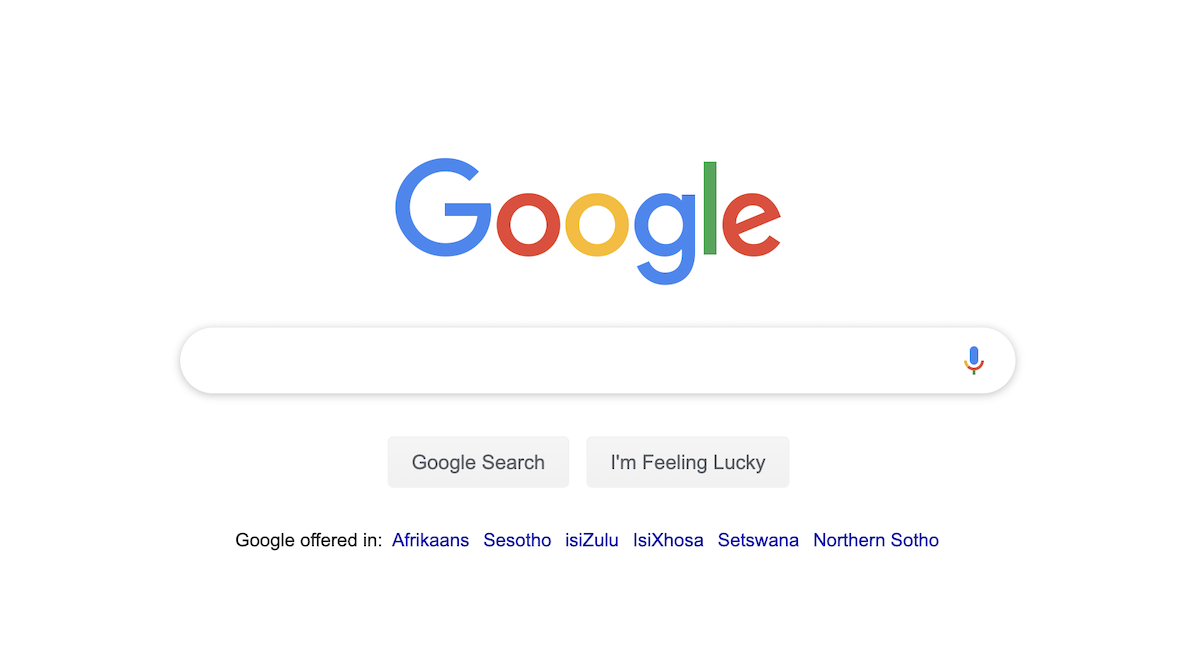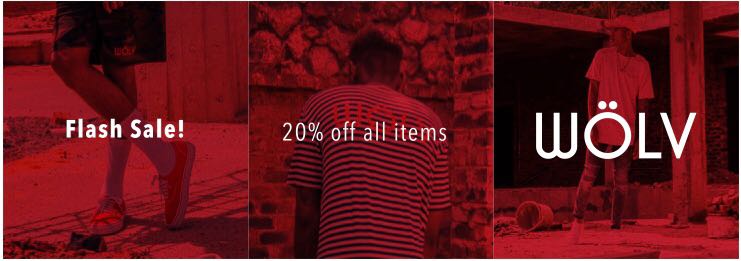
Updates and changes from #GoogleMarketingLive 2019
In a report released earlier this year, it was estimated that South Africa’s spend over eight hours online during the course of the day. While only 54% of our country’s population has access to the internet, this should still make you think about the relevancy of a digital presence for brands you may be working with.
The month of May has been full of announcements from two of the world’s biggest digital players, Facebook and Google. These announcements have certainly encouraged my creative thinking and I am sure that they have also thrown some ideas into your digital thinking. Marketers around the globe have been playing close attention to the developments and the recent announcements may even have taken some by surprise.
During their F8 conference which is hosted for developers and entrepreneurs who build products and services around the website, but is watched eagerly by millions around the globe, Facebook announced a number of changes in an effort to give users greater control. They used their data to place a bet on messenger and it expected that this app will play a massive role in the future of the tech giant. You can read more about some of these changes here.
In early May, Google’s annual developer conference, Google I/O 2019 saw various updates announced to their Android framework and things to keep in mind as you consider how users/clients may be interacting with your brand if they are using an Android device. One of the most fascinating updates for me was the Google Lens update. You can read a recap of the updates from The Verge here.
The latest round of announcements came last week during the #GoogleMarketingLive conference. Thanks to technology, you could tune in from around the globe and while I didn’t watch the full thing, but the talks that I did tune into pushed me to think bigger and to embrace the digital presence that surrounds us. Wordstream release a great blog featuring the summary of the changes, read the full piece here. These were the updates that fascinated me.
- The first was the changes made to audience selection for targeting consumers which you could say incorporate some of the learnings from Facebook’s advertising success.
- The second was the emphasis placed on the visual element of ads, which promises to create a more interactive interface as we browse the web.
- The third was the updates to the ecommerce functionality, making Google truly shoppable.
We are living in a fascinating digital environment both as marketers and consumers. I am excited to see how these updates impact our world and the messages that we are able communicate with different brands on these platforms. I haven’t even touched on the power of WeChat, but that’s for another time.





